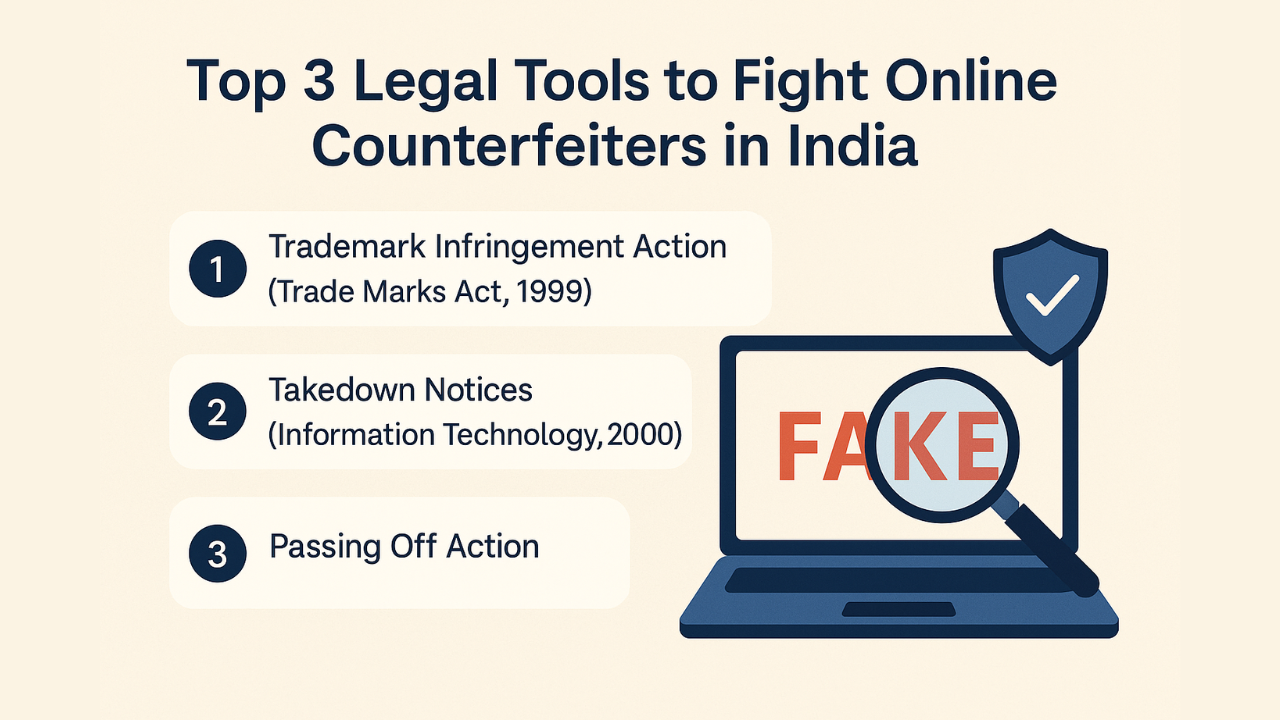
In many local markets counterfeit products are generally available at a much lower cost, specially the products that are counterfeited rampantly. In many of these cases, another fact is that, the % age margins available with the retailers are also very low (especiallyfor all such products where counterfeits are available across multiple counters). On one hand, there is a demand for a cheaper version of the products, forcing many of these retail counters to sell counterfeit products, on the other hand, there is a huge risk in selling the originals and still not making high margins.
In many such cases, rampant counterfeiting can also be attributed to the fact that the genuine products either lack the reach to all the retail counters or there is something wrong in the strategy to reach out to the consumers, educate them and meet their aspirations.
This gets further complicated on the way the brand protection is currently practiced with rampant enforcement actions and hitting the sellers very hard. It has also been observed that such rampant enforcement actions can actually be counter-productive, especially, in a very competitive market and where the retailers & consumers have a lot of choices.
Many organizations today follow a practice of mixing the brand protection activities along with the channel development activities and bringing the violators selling counterfeits and converting them as their genuine sellers. This, of course, is done in a consultative yet in a firm way, rather than hard enforcement actions.
This is best executed by involving pressure groups consisting of professionals, social activists, media and local peer groups. The other critical attribute for success of these activities is a continued engagement, hand-holding and supervision of the entities.
The IT-driven professional approach followed by the new eco-system of www.brandsandfakes.com comprehensively supports such initiatives and merges it with the new 3-tier model of brand protection.



